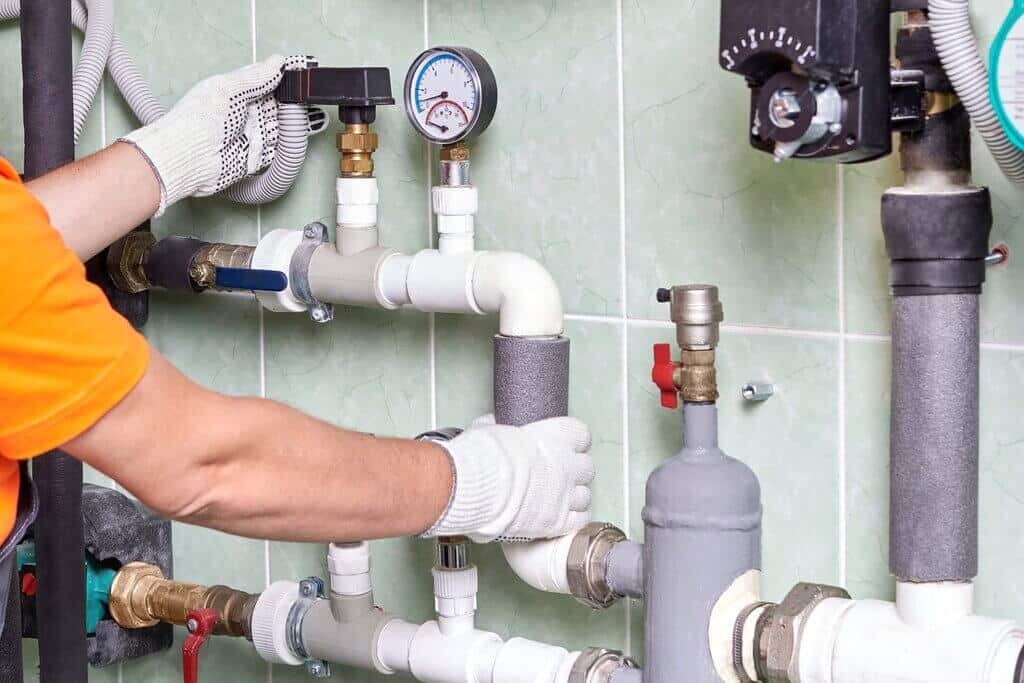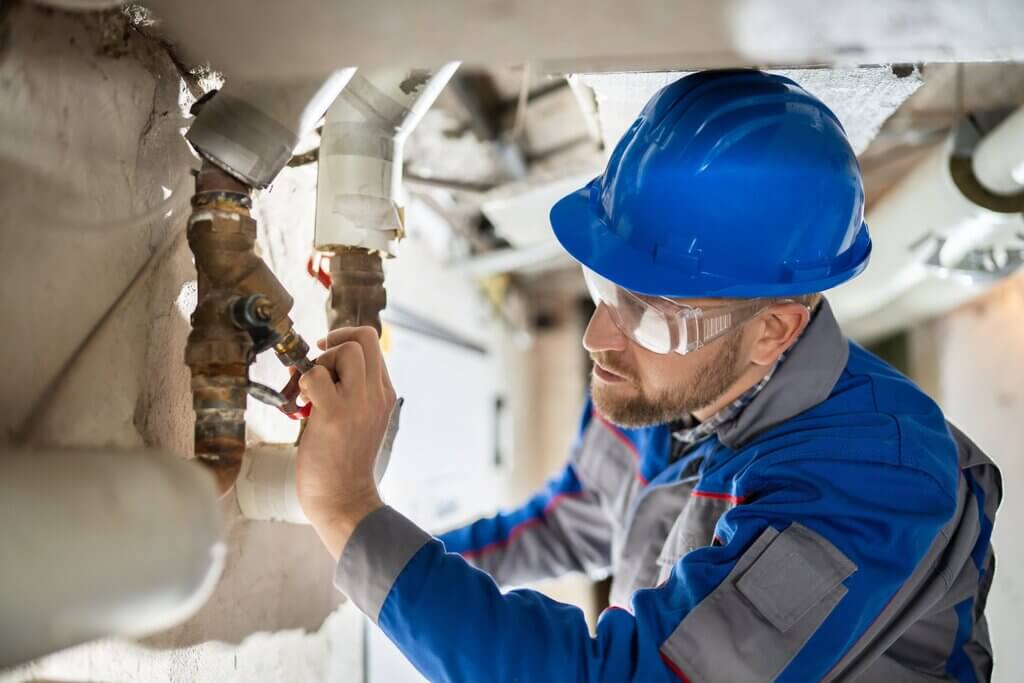Commercial buildings need plumbing systems that work, just like residential ones. Designing these systems requires large-scale thinking that, in turn, demands a high success rate. To figure out how things work, commercial plumbers must understand the intricacy of the design features, as these two functions will be tied closely together for the entirety of the project. In the forthcoming sections of this write-up, we have explored the design demands behind commercial plumbing systems.
Where Is Commerical Plumbing Design Required?

So, where is commercial plumbing design necessary? Plenty of places need this level of input, and this will always be a sliding scale in terms of the size and complexities of the overall design. Offices are regular commercial properties that need this consideration, and these places of business come in all shapes and sizes.
Some offices even cater to hundreds and hundreds of employees, all under the same roof. These plumbing systems have to expand over multiple floors and cater to high traffic on a daily basis. Restaurants are another commercial setting that requires specialist plumbing design, especially when the hygiene factors regarding food preparation and service are thrown into the ring.
What Does Commercial Plumbing Design Consider?

Designing plumbing systems for commercial buildings entails lots of things. There must be strategies in place on a larger scale that consider intricate mechanisms throughout the building. The commercial setting will also depend on functioning sanitary systems, potable viability, and external considerations.
Potable Water Functions
Offices, shopping complexes, warehouses, recreational hotspots, all of these commercial buildings have one thing in common; they need potable water functions. This water has to be clean, monitored, and preserved at regular intervals to stay up to date with essential functions. This water is not necessarily for drinking — there should be other things in place for that — but it can be used as a second-best option. However, it should be used to flush toilets, clean things, wash hands, etc.
Sanitary Drainage
Separate from this system, there has to be a sanitary drainage function in place. This will be utilized to remove human waste from the building into the sewage and retain hygiene in all areas. This is arguably one of the most important factors for any commercial building, and it has to be designed properly with all aspects of demand considered to the smallest degree.
Rainwater Provision
Commercial plumbers have to consider the impact of a subpar external drainage system in the context of mitigating stormwater and general rain downpour. If there is a lack of provision in place, the building’s infrastructure will ultimately suffer. It can cause problems like accelerated moss growth, which is the last thing you need on a commercial rooftop or external walls. The real damage will occur when left unchecked.
The Main Differences Between Commercial and Residential Plumbing

It is worth considering the differences between designing commercial and residential systems. There are often higher costs in installation and maintenance because most commercial systems are bigger and have a raised service rate in terms of the number of functions and outputs.
The Inevitable Accelerated Energy Cost
There are a few different things that dictate the cost of energy with regard to a water system in a commercial setting. For instance, the measurement of pressure drop in pipes will inevitably be on a much larger scale than any residential establishment. This means there has to be a higher horsepower, and therefore there will be an inevitable energy demand.
The Size Difference
The core difference to discuss is the vast size difference. Commercial properties, in the main, are larger and more demanding than residential ones. So, alongside the pressure drop and other technical faculties, everything has to be bigger with scaled efficiency. There are often an increased number of floors which adds complicated layers into the mix, and if something goes wrong, the scale could cause delays and costly solution-seeking.
Complications
The problems can be very big when they happen, which means everything has to move more rapidly. There must be advanced preventative systems in place to navigate the increased risk, which means a little forward planning too. This is especially relevant to buildings spanning over several (tens of) floors, as the complexities are even more bespoke.
When thinking about the design of a commercial building, everything has to be on a bigger and more considered scale. There are hundreds of directions to move in as long as the big three checkpoints are properly integrated. Commercial plumbing must also include provision for potable water, sanitation, and external piping.
Explore Further:

